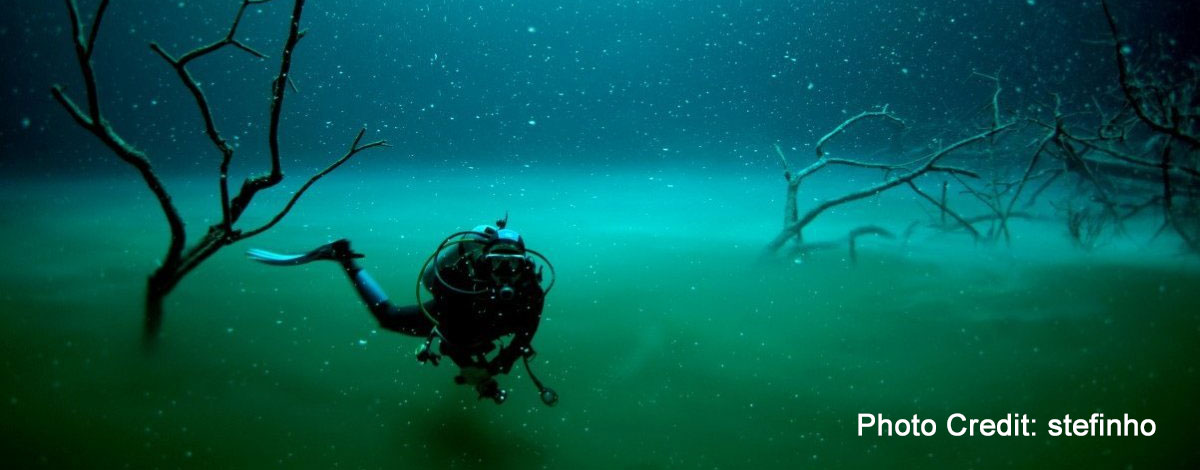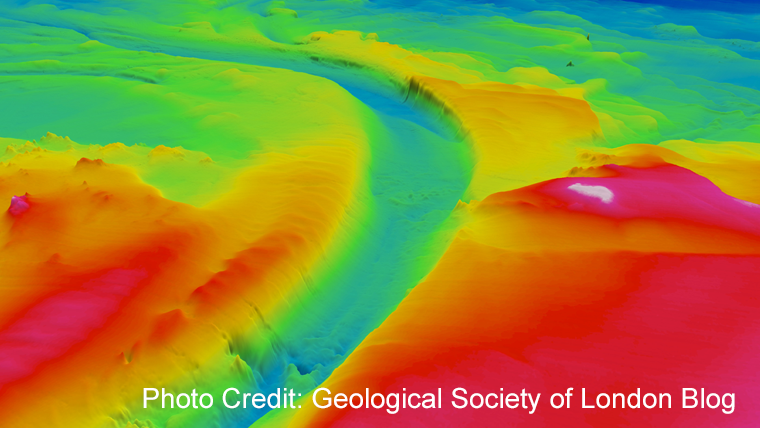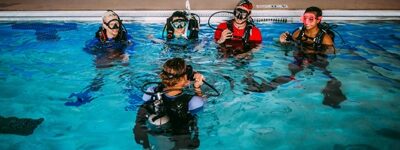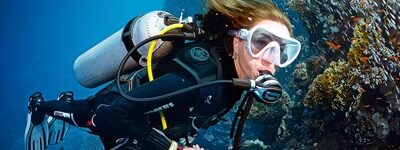(Cenote Angelita sea river near Tulum, Mexico)
Beneath the vast expanse of our oceans lies an intricate network of rivers and lakes on the ocean floor – a natural wonder that eluded the scientific community until relatively recently. Not until the 1980s did researchers stumble upon these phenomena, which had remained uncharted in the realm of scientific literature. It’s a fascinating revelation when you consider that approximately 70% of our planet is covered in water, exhibiting a wide array of natural behaviors, transitioning between solid, liquid, and gaseous states. We are familiar with these various forms of water on land, but the underwater world’s almost magical properties, shaped by the compound H2O, make for an entirely different and captivating ecosystem.
During expeditions to explore the ocean floor, scientists were venturing into a domain that remains less understood than even the enigmatic Dark Side of the Moon. As they continued mapping this underwater realm, they stumbled upon these hidden lakes and rivers, which turned out to be massive in scale. The fundamental principle at play is that saltwater is denser than freshwater, a fact many may recall from their scuba diving classes. If you’ve ever visited Yucatan or Florida, you may be familiar with karst terrains – regions characterized by barren, rocky landscapes, caves, sinkholes, and underground rivers, typically formed by the dissolution of soluble carbonate rocks like limestone, dolomite, and gypsum.
Now, imagine this karst terrain on the ocean floor. It took millions of years for these conditions to develop. Over time, salt in the ocean is slowly carried away by rivers and streams. Salt and minerals, in turn, make seawater heavier, causing the densest saltwater to accumulate at the lowest points on the ocean floor formations. The intriguing part is the numerous small openings, tunnels, and caves within the karst terrain, which provide pathways for saltwater to collect and flow through.
The second part of this fascinating process occurs as the landscape gradually dissolves and collapses. Remember that saltwater is denser than freshwater, and supersaturated saltwater is even denser than typical 3.5% saltwater. This unique environment hosts a wide variety of extremophiles and other opportunistic creatures, forming a remarkable underwater ecosystem. It’s important to note that various events, such as rivers, landslides, caves, and canyons (some considerably larger than our Grand Canyon), can also contribute to the formation of underwater lakes. Different types of formations support a diverse range of biological species, some of which adapt to extreme conditions and toxic materials in the vicinity – a topic warranting its own discussion.
These are just a few of the many intriguing topics we could dive into. If this has piqued your interest, consider diving further into this fascinating underwater world through research or by visiting your local Diventures, where our team is eager to share their knowledge and expertise.





















